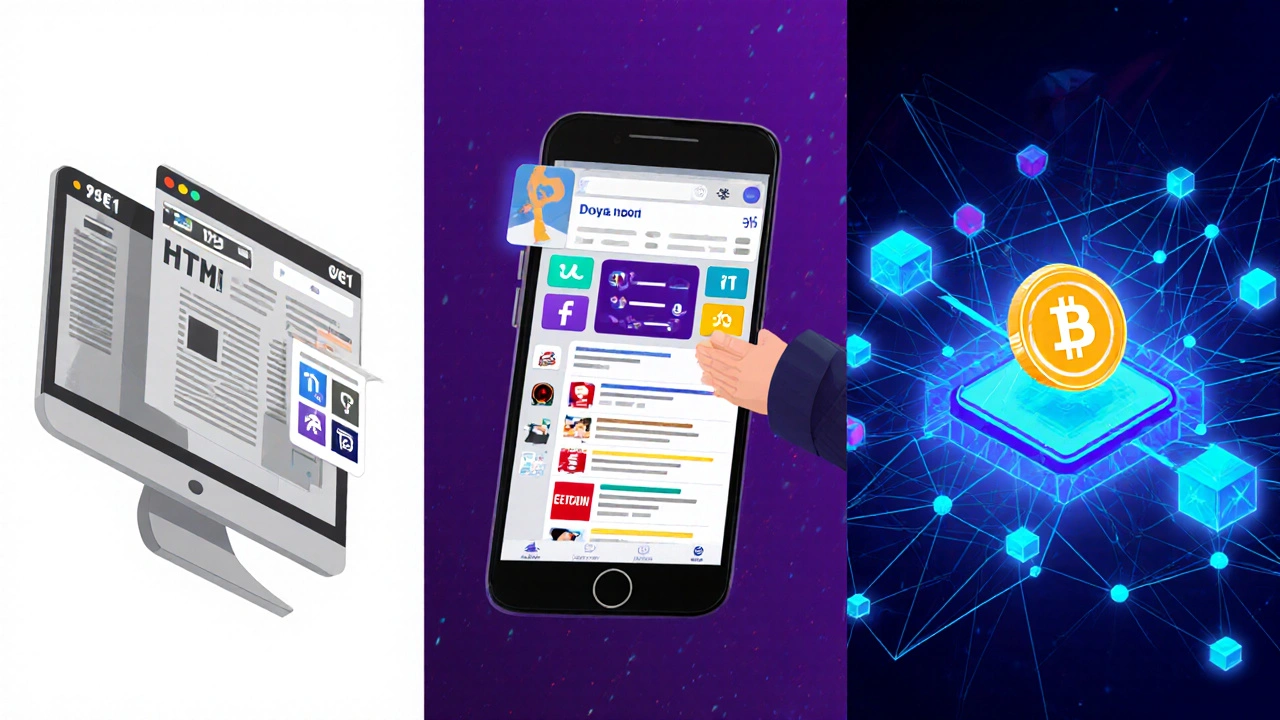Web3 Explained: The Basics of Crypto’s Next Evolution
Web3 demystified: learn how the decentralized web works, its core tech, real crypto use cases, benefits, challenges, and a simple starter checklist for beginners.
Continue ReadingWhen you hear Blockchain, a distributed digital ledger that records transactions across many computers, ensuring transparency and security. Also known as distributed ledger technology, it powers a whole new class of assets and services that were impossible before.
At the heart of this technology sits Cryptocurrency, digital money that runs on a blockchain and can be traded globally. blockchain gives these coins the ability to move value without a bank, while Market Capitalization, the total value of all coins in circulation calculated by price times supply provides a simple way to compare their size. Think of market cap as a scoreboard: the higher the number, the bigger the player's footprint in the crypto arena. This scoreboard shows up in rankings like CoinMarketCap, where you can instantly see which coin leads the pack and why.
Understanding the scoreboard is only half the battle. Once you own a coin, you need a safe place to keep it. That's where Crypto Custody Solutions, secure storage services that protect private keys using cold wallets, multi‑sig setups, and regulatory compliance come in. Good custody is the bridge between holding a token and using it in real life. It also satisfies institutional investors who demand audits and insurance. In short, a solid custody strategy makes the blockchain promise of trustless transactions actually trustworthy.
These three pieces—blockchain infrastructure, cryptocurrency assets, and custody services—form an ecosystem where each part relies on the others. Blockchain enables cryptocurrency transactions; cryptocurrency uses market capitalization as a ranking metric; and secure blockchain storage requires crypto custody solutions. Together they create a loop that fuels innovation in finance, supply chains, and even public services. For example, banks exploring blockchain for settlement can tap into existing crypto custody frameworks to test new models without building everything from scratch.
Below you’ll find articles that break down each of these topics in plain language. One explains how CoinMarketCap calculates its rankings and why the numbers matter. Another walks you through the steps to pick a custody provider that matches your risk tolerance and compliance needs. Whether you’re a beginner curious about digital money or a professional looking to add blockchain to your toolkit, the collection ahead offers practical insights you can act on right away.

Web3 demystified: learn how the decentralized web works, its core tech, real crypto use cases, benefits, challenges, and a simple starter checklist for beginners.
Continue Reading
Learn what crypto mining is, how it works, required hardware, costs, and how to start safely. Get clear steps, risks, and future outlook in a concise guide.
Continue Reading